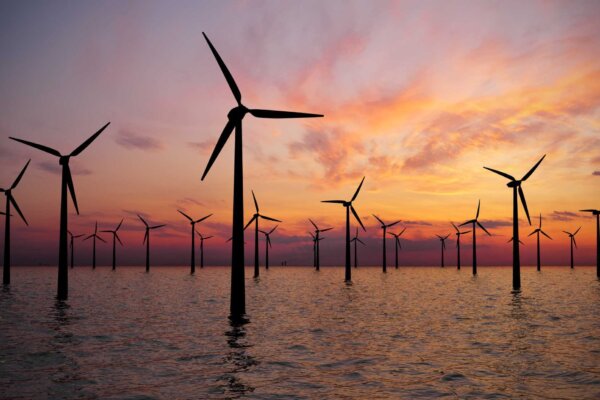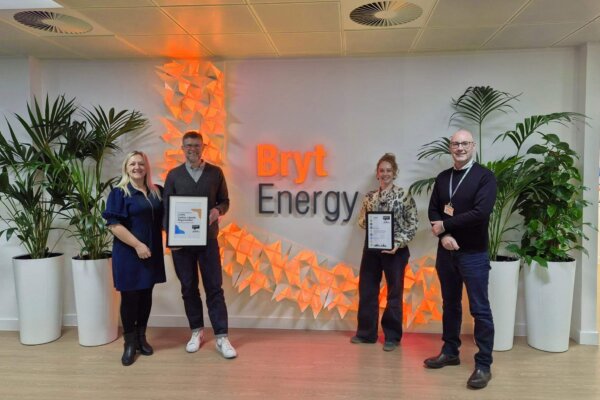Communication is key in the transition to net zero. With an electricity supply contract, suppliers will typically assume that you will follow a traditional consumption pattern, using the same amount of electricity, in the same way as you have over the last 12 months, unless told otherwise. However, if your business is planning to make any changes, such as installing solar PV on-site, there’s going to be a difference between your forecasted electricity usage and actual consumption in the future.
So, it’s important to speak with your electricity supplier and let them know of your plans, so they can proactively build these changes into a contract that is best for you and helps reduce unexpected charges. Before quoting our customers, we ask them questions about their low-carbon technology, such as:
- The capacity of their technology at site/MPAN level.
- Any export capacity of their technology at site/MPAN level.
- The installation date of their technology at site/MPAN level.
By having a long-term view of your energy strategy, thinking about how technologies on-site could impact your organisation’s electricity demand profile, and proactively discussing this with your supplier, you’ll be able to make the most of your low-carbon technology and prepare for a net zero future.
If you’re looking to learn more about how to navigate the net zero energy transition, take a read of our series of e-guides, here. Or if you have any questions and would like to speak to one of our friendly team, get in touch at heretohelp@brytenergy.co.uk.


